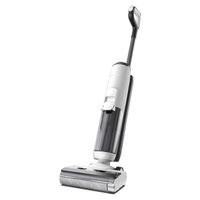I write about cleaning for a living — 5 mistakes you're probably making with a wet and dry vacuum
Don't make these wet and dry vacuum mistakes!
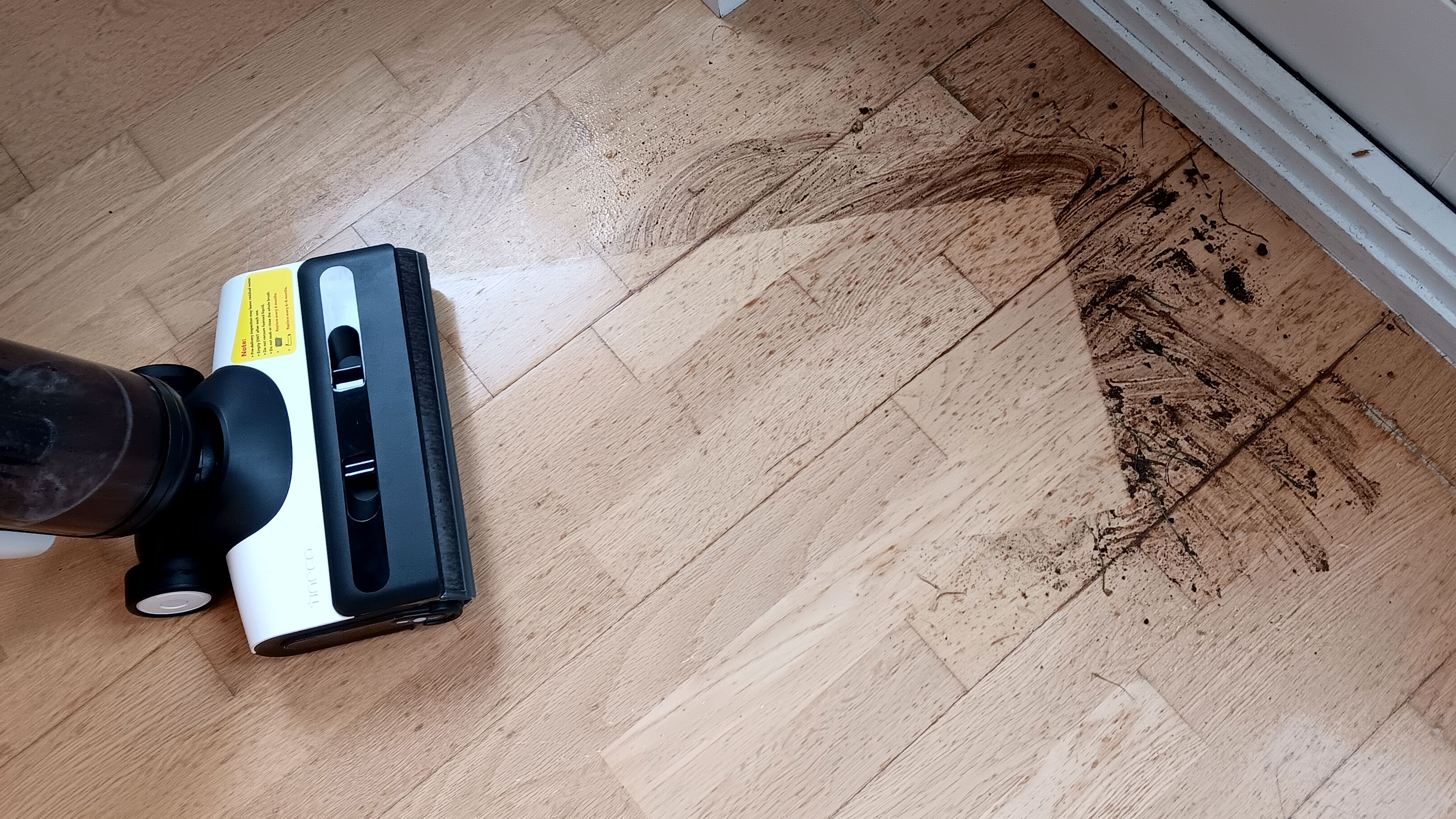
When it comes to ensuring our floors are clean and spotless, having one of the best vacuum cleaners is essential. And if you have mainly hard flooring, wet and dry vacuum cleaners are a great choice.
Not only are they powerful to sweep and wash floors at the same time, but can make light work of back-breaking chores.
As Homes editor, I've tested plenty of wet and dry vacuums to see how well it leaves my hard floors and tiles spotless and refreshed. However, despite their convenience and sheer versatility, there are certain things that you should never use a wet and dry vacuum for. In fact, these are all common mistakes that are all too easy to make when cleaning. If so, you could damage your vacuum cleaner, not to mention the surface of your expensive floors!
So from certain spills to objects on the floor, here are the things that you should never wet and dry vacuum — but probably do!
1. Large dry debris
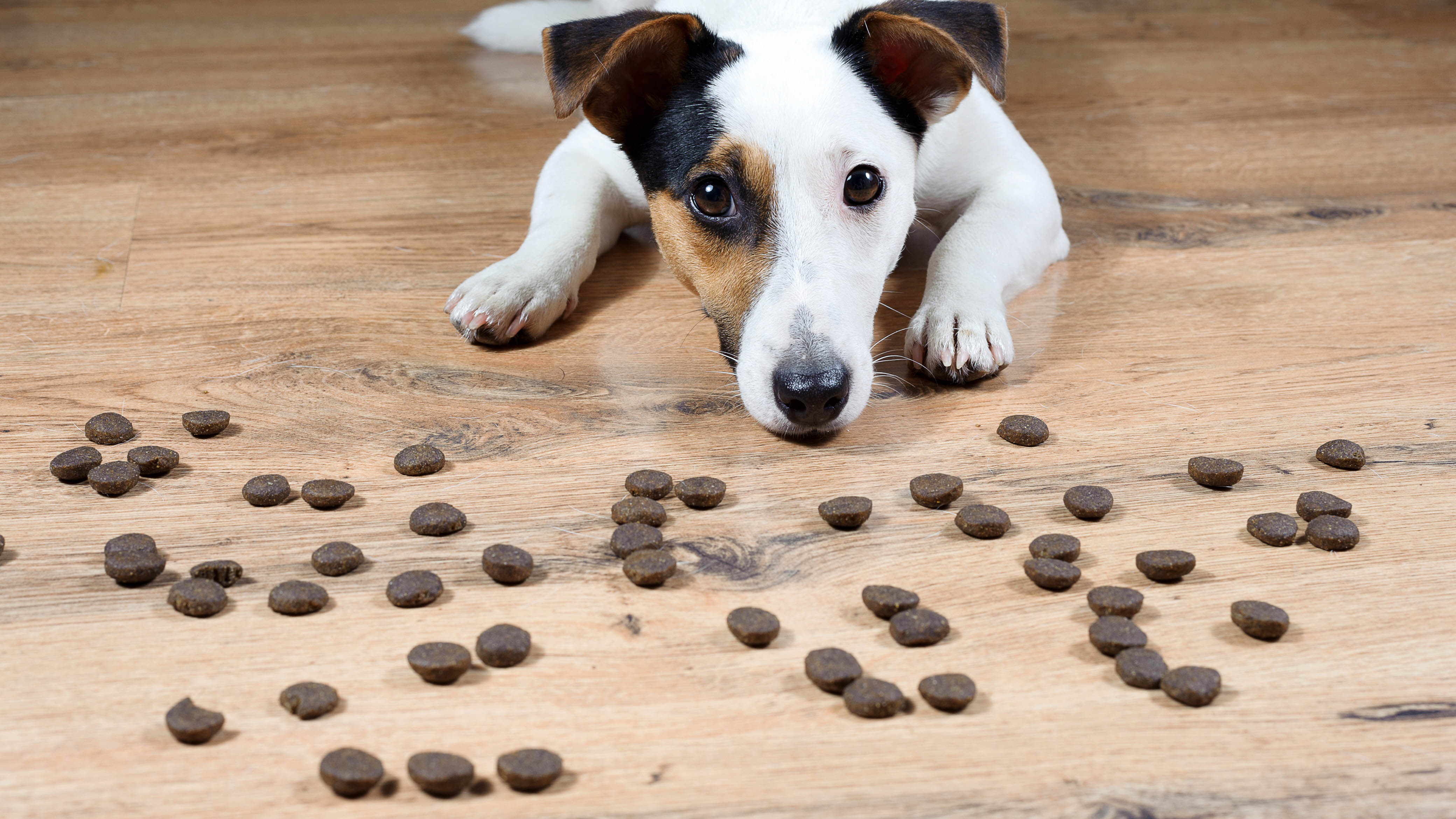
From cereal grains and dog kibble to renovation messes, it’s not ideal to clean up large dry debris using your wet and dry vacuum cleaner (in wet mode).
Depending on the model, the brush roller is not designed to suck up large pieces at once. This can potentially clog up the filters or damage your cleaner’s mechanism over time. Typically, the wet mode is best suited for spills only (all in the name!).
However, to avoid damaging your wet and dry vacuum completely, it's best to use a dustpan and brush to sweep up large debris first before deep cleaning with your vacuum cleaner.
Sign up to get the BEST of Tom's Guide direct to your inbox.
Get instant access to breaking news, the hottest reviews, great deals and helpful tips.
If you’re after a smart, wet and dry vacuum, the Tineco Floor One S5 is a great option. It’s ergonomic, slim and doesn’t have the bulkiness of traditional washer vacuums. In our Tineco Floor One S5 Extreme review, we said the Editor's Choice vacuum is a powerful, cordless cleaner that can vacuum and mop hardwood floors with ease. It also has handy smart features such as voice activation and a iLoop sensor that instantly adjusts water flow, suction, and brush roller speed, depending on how dirty your floors are.
2. Broken glass or large sharp objects
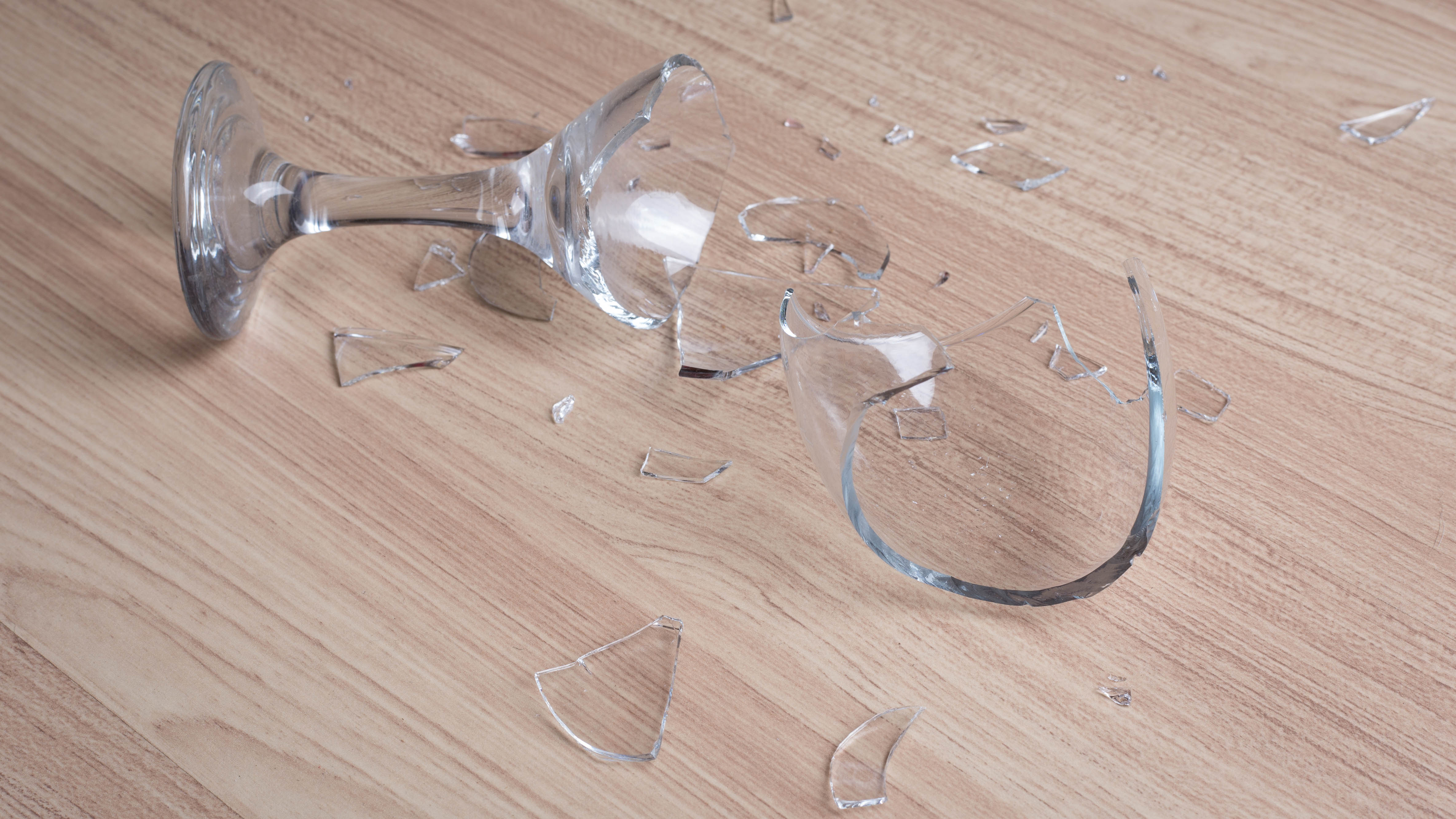
Similarly, don’t use your wet and dry vacuum to pick up sharp objects on floors. Items such as glass shards or nails can potentially damage the vacuum cleaner, affecting performance. More importantly, anything sharp can become a safety risk.
When it comes to tackling broken glass, it’s always best to carefully pick up large pieces by hand, and use a dustpan and brush to sweep up any tiny pieces.
3. Unsealed wood flooring
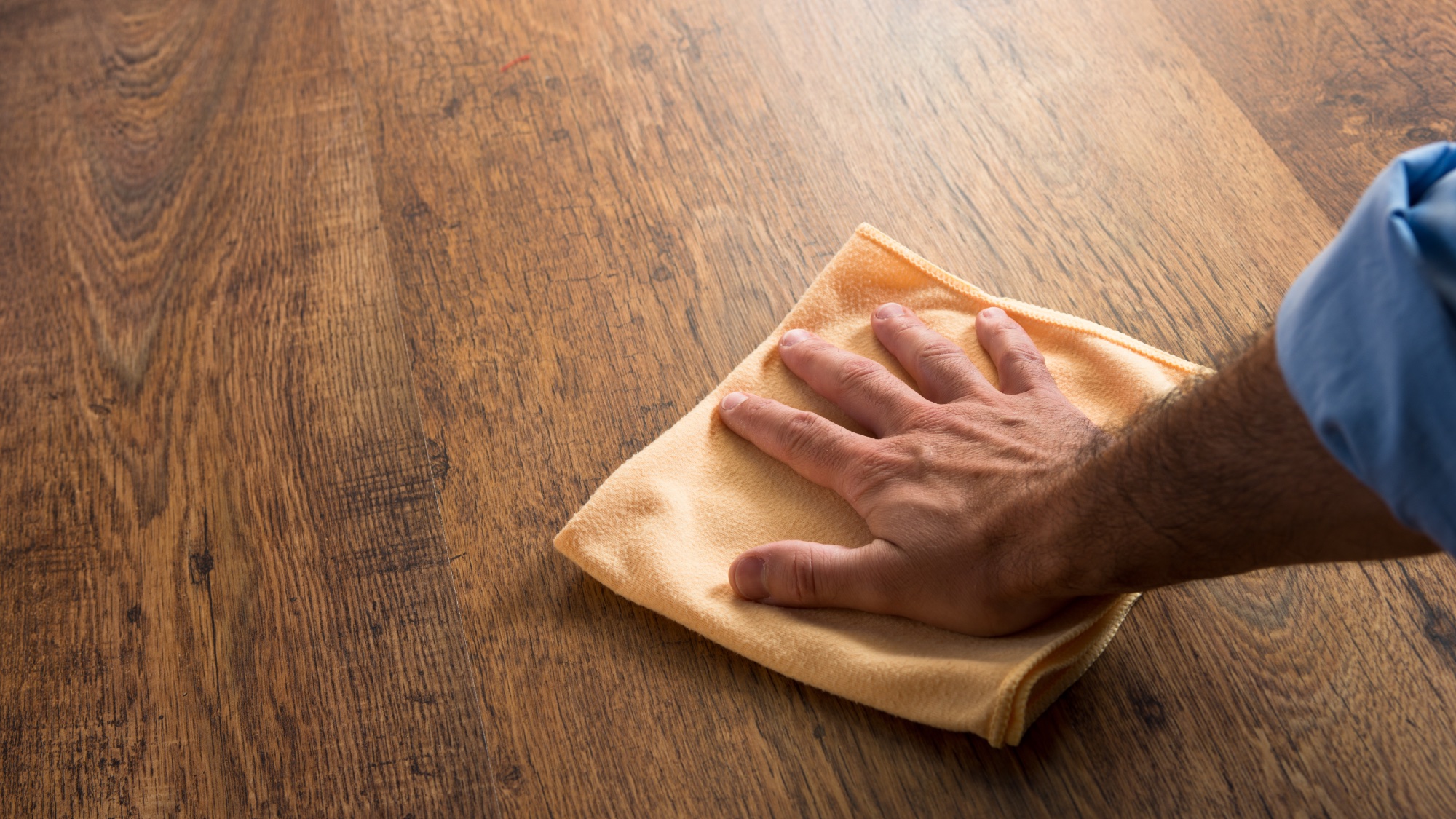
Another common mistake is to assume that we can use a wet and dry vacuum to clean all hard wood types. And while most models technically can, experts advice not to use this on unsealed or unfinished wood.
Essentially, unfinished wood flooring is a surface that has not been coated with a protective sealant. If left untreated, the wood will easily absorb the water or moisture from the wet and dry vacuum. This can cause the flooring to warp or even split over time.
If you do have unsealed wood floors however, experts suggest that you simply clean with natural oils and wax. For more top tips, check out how to clean hardwood floors without damaging them. Plus, avoid these spring cleaning hacks that could totally ruin your floors.
4. Paint
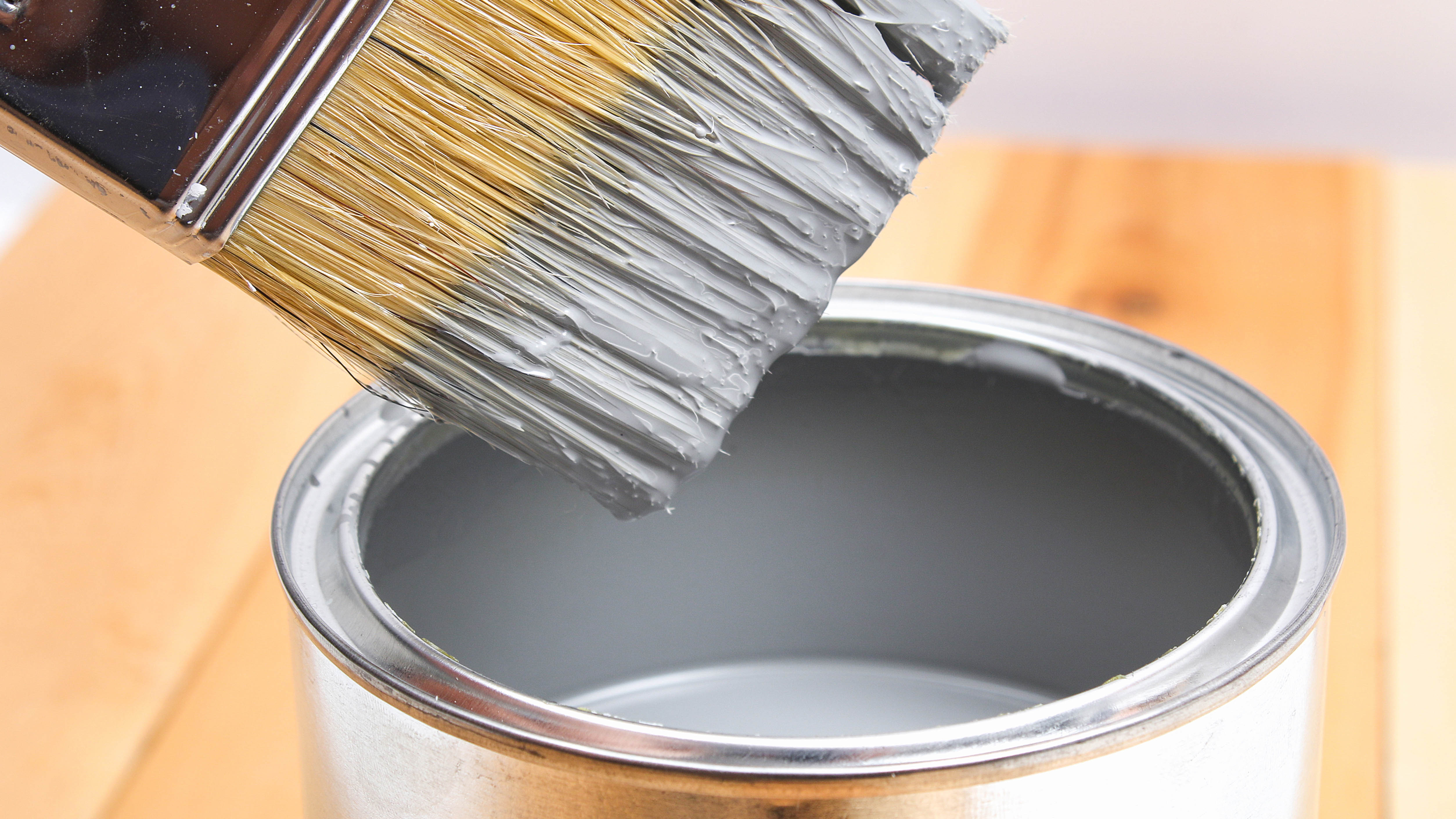
If you’ve just upgraded your home with a new lick of paint, the process of painting a room can be a messy job. But while it’s tempting to get out the wet and dry vacuum to clean up any splashes or dried paint on the floors, don’t!
Be it wet or dry, paint is often prone to coating the internal parts of your vacuum cleaner, potentially causing clogs or other damage to your filter.
The best way to tackle accidental spills is to first blot them with old rags, cloths or paper towels, and absorb as much of the wet paint. Next, use a paint scraper or a putty knife to carefully remove any excess paint, before using soap and water to remove any remaining paint residue. The trick here is to not let paint dry completely before cleanup, or else it will be even harder to remove and could ruin your floors.
Plus, beware of these 7 painting mistakes to avoid and discover how to choose the best paint for your interior finish — from durability to sheen.
5. Flammable liquids
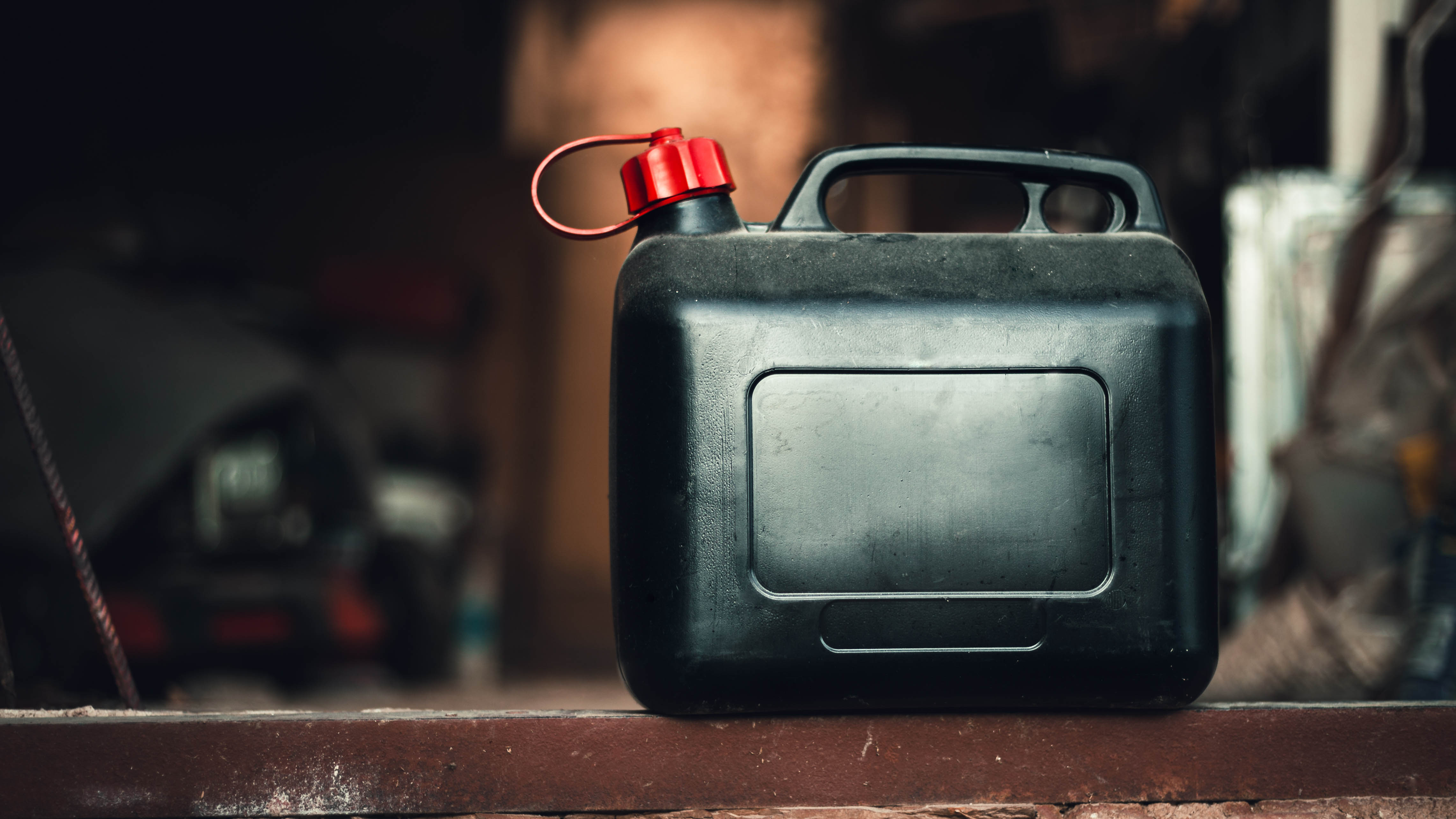
Whether you’re in the basement or garage, if you’ve accidentally spilled flammable or combustible liquids, such as gasoline or solvents, never get out your wet and dry vacuum cleaner to tackle this.
These are highly flammable, and could potentially cause a fire hazard — putting everyone around you at harm. Always clean up hazardous spills using the right absorbent materials and dispose of them following your local area’s regulations.
More from Tom's Guide

As the Homes Content Editor, Cynthia Lawrence covers all things homes, interior decorating, and garden-related. She has a wealth of editorial experience testing the latest, ‘must-have’ home appliances, writing buying guides and the handy ‘how to’ features.
Her work has been published in various titles including, T3, Top Ten Reviews, Ideal Home, Real Homes, Livingetc. and House Beautiful, amongst many.
With a rather unhealthy obsession for all things homes and interiors, she also has an interior design blog for style inspiration and savvy storage solutions (get rid of that clutter!). When she’s not testing cool products, she’ll be searching online for more decor ideas to spruce up her family home or looking for a great bargain!
